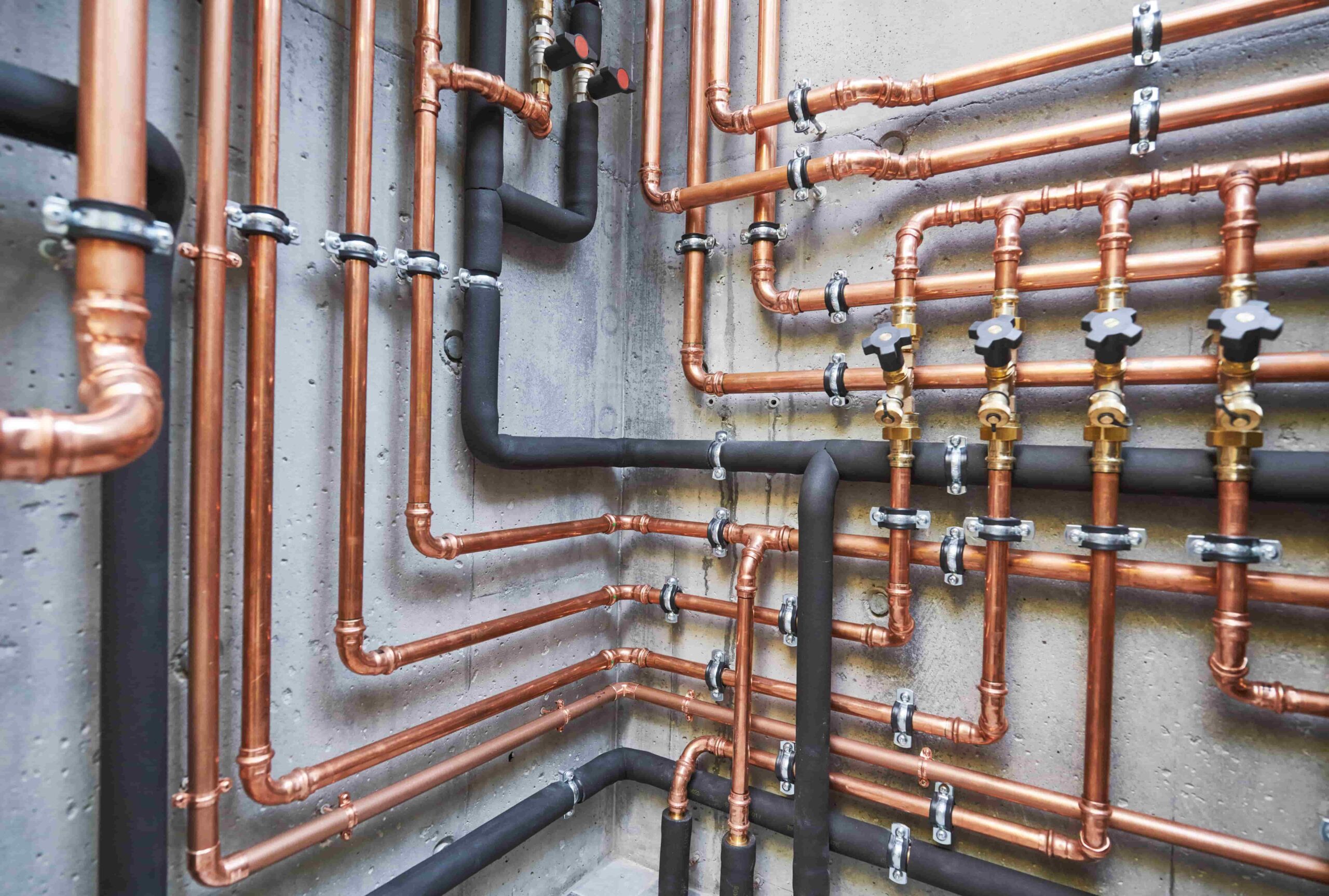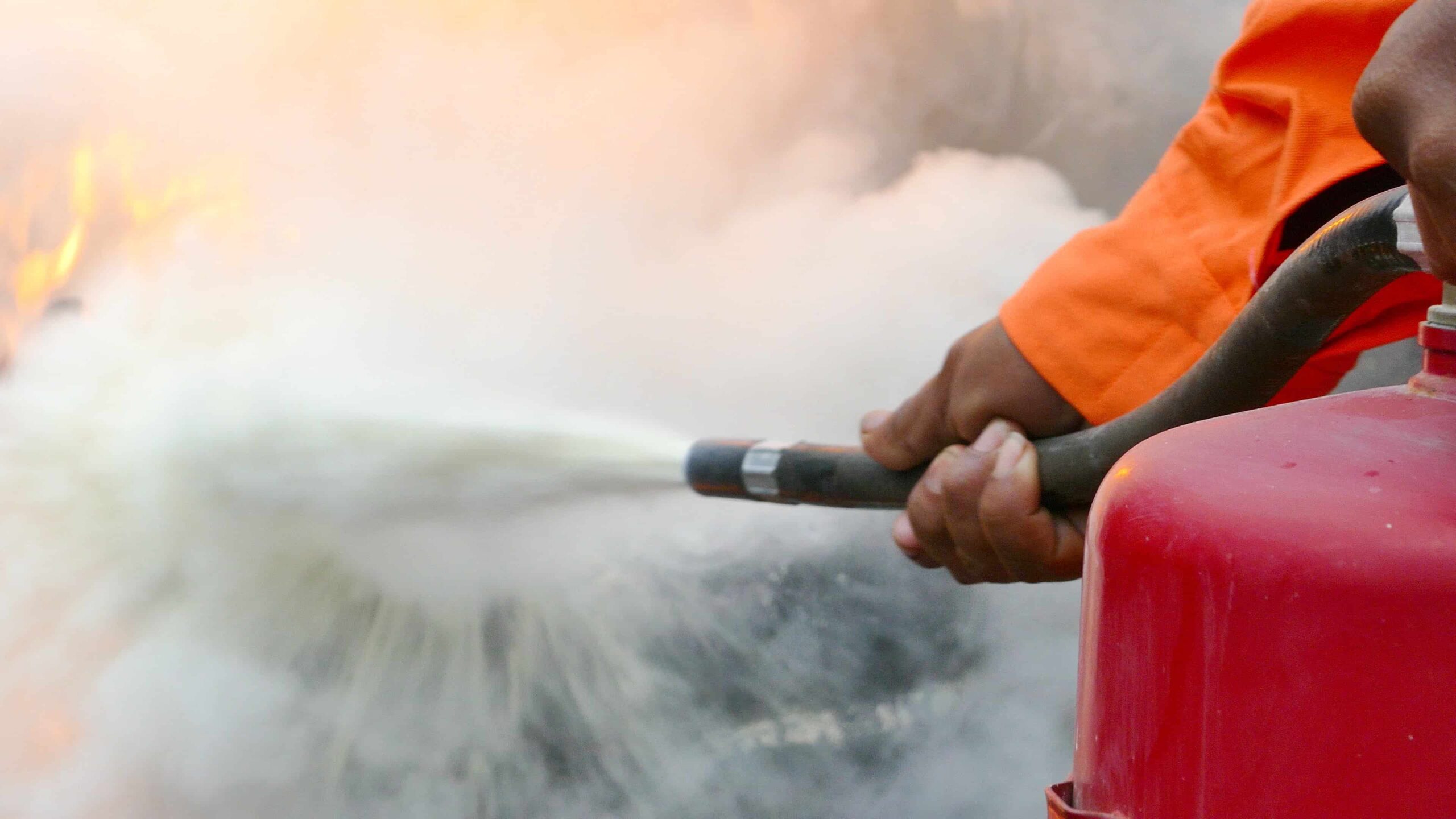Copper and fire safety
Opting for fire-resistant materials over flammable alternatives is one of the most basic and self-explanatory principles of fire safety engineering. That said, many modern buildings are filled with fire hazards in the form of wood and, increasingly, plastic.
Following the Grenfell Tower Inquiry, the UK government offered what Inside Housing described as ‘a very loose estimate’ of 1,700 buildings in England alone which were over 18 metres in height that also presented an immediate and high-level fire risk. Other estimates suggest there could be more than 600,000 people in the UK living in high-rise buildings with Grenfell-style cladding.
New fire safety regulations have since banned the use of flammable materials – namely polyethylene, which was culpable in the case of Grenfell – from being used in cladding. However, flammable materials continue to be used in piping, flooring, roofing and insulation systems.
Only now are policymakers waking up to the dangers posed by flammable plastics. In many cases, plastic building materials can be substituted for copper, an everyday essential which offers a readily available solution to the UK’s building safety crisis.
Is copper flammable?
As a solid, copper is not considered flammable, and only in powder form does the red metal present a serious risk to fire safety. This means the kinds of copper products used in construction – copper pipes, cladding panels and roofing sheets – can be relied upon to withstand a fire.
Copper’s natural fire resistance comes from its relatively high melting point of around 1,085°C, which exceeds the temperature of most building fires. It’s also considerably higher than the melting point of other building materials like plastic and aluminium.
In addition, copper has a lower thermal expansion coefficient, meaning it retains its shape and structure when exposed to high temperatures. During a fire, copper pipes and other copper products will expand only marginally, reducing the need for repairs following the fire.
Comparing copper to popular plastic building materials like PVC, PE and HDPE, copper can be trusted to resist ignition and retains its structural integrity in the event of a fire. Plastics, on the other hand, will catch fire, releasing toxic fumes in the process.
The role of copper in preventing fires
Copper is an incredibly versatile metal and can be used as an alternative to flammable materials that pose a risk to fire safety across a range of applications. These include plumbing, roofing, cladding, guttering, fittings and electrical wiring.
In the case of plumbing systems, it’s especially important that fire-resistant materials are used. Pipes running through walls and floorboards connect different rooms within a building and will accelerate the spread of a fire should they ignite.
Copper pipes have a high melting point and will retain their structure when subjected to high heat.


It’s the same story with copper roofing sheets, which offer far greater protection against fires than plastic roofing sheets made of PV or polycarbonate. Copper gutters and cladding panels are also similarly safer than their plastic counterparts.
Fire retardants are usually added to plastic building materials to improve their fire safety credentials. However, these substances contain highly toxic chemicals and, in many cases, delay ignition for only a few seconds. Due to its naturally high melting point, copper does not need to be treated with toxic additives prior to installation.
The role of copper in putting out fires
Versatile and fire-resistant, copper meets the highest standards of fire safety and can be trusted to prevent the spread of fires. On top of this, copper also plays an active role in extinguishing fires when used as part of fire sprinkler systems and copper powder fire extinguishers.
Copper fire sprinkler pipes
Fire sprinkler systems are one of the first lines of defence in a fire and are key to mitigating loss of life. Changes to fire safety legislation arising out of the Grenfell Tower Inquiry state that all new blocks of flats over 11 metres tall must be fitted with a fire sprinkler system.
It’s vital that these systems are able to withstand high temperatures, which makes copper an excellent candidate for fire sprinkler pipework. When a flame ignites, copper fire sprinklers will activate while retaining their structure, dousing the fire and preventing it from spreading.
Lightweight, malleable and corrosion resistant, copper sprinkler pipes are structurally sound and suitable for use across a range of environments. These qualities make copper the superior choice over HPVC fire sprinklers, which have grown in popularity in recent decades.


Copper powder fire extinguishers
Finely divided copper powder is used by firefighters to extinguish lithium and lithium alloy fires. Developed by the U.S Navy in the 1970s, the copper agent provides an excellent heat sink and is considered superior to all other agents when tackling lithium fires.
Once released, the copper powder dissipates the heat of the fire and forms a hard crust on the burning lithium. The powder also sticks to vertical surfaces, enabling firefighters to safely put out flowing fires.
With lithium usage on the rise, stemming largely from the demand for lithium-ion batteries in electric vehicles, lithium fires are set to become more commonplace. Data from insurance company Zurich shows that the number of fires caused by exploding lithium-ion batteries in London rose by almost 150% in 2021.
Trade and consumer bodies are now urging the government to take action against the rising tide of lithium fires, with copper powder perfectly placed to limit the damage caused by these fires.
Learn more about the key role that copper powder plays in fighting lithium battery fires below.
Copper: the fire-fighting metal
Owing to its high melting point and low thermal expansion, copper is perfectly equipped to prevent the spread of fires. And as part of sprinkler systems and fire extinguishers, the metal can also help to extinguish fires.
